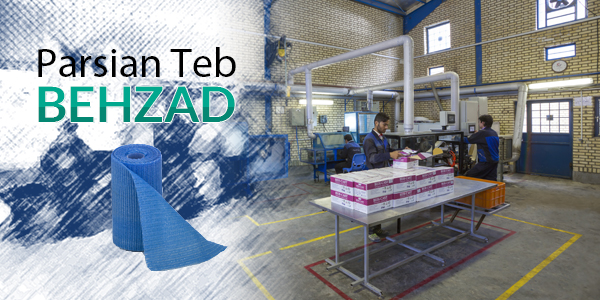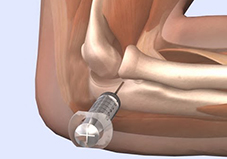Arthrocentesis involves both the puncture of a joint and the aspiration of its synovial fluid. It is typically used to make an accurate diagnosis of a painful, warm, swollen joint. Removal of excess fluid can be therapeutic. Analysis of the removed fluid helps to decipher its etiology.
Before the procedure, periarticular processes such as bursitis, tendonitis, contusions, and cellulitis must be excluded on clinical grounds. Performing an arthrocentesis with the goal of obtaining synovial fluid to send for analysis is useful for the following purposes:
Evaluation of a nontraumatic, acute monoarticular arthritis
Evaluation of a suspected infection in an elbow (eg, septic joint)[4]
Evaluation of a possible inflammatory cause of an effusion (eg, gout, pseudogout, rheumatologic disorders, reactive arthropathies)
Differentiation of an occult fracture not clearly visualized on radiographs from an inflammatory cause by the presence of an hemarthrosis
Therapeutic indications
A large effusion caused by fluid or blood is painful and leads to significant impairment of joint mobility. Removing synovial fluid as a therapeutic modality is useful for the following reasons:
- Relief of pain
- Improvement of mobility
- Instillation of medications
Repeated arthrocentesis for a septic elbow in carefully selected patients as a means to decrease bacterial load and to avoid surgical debridement only under the discretion of the orthopedic specialist




















